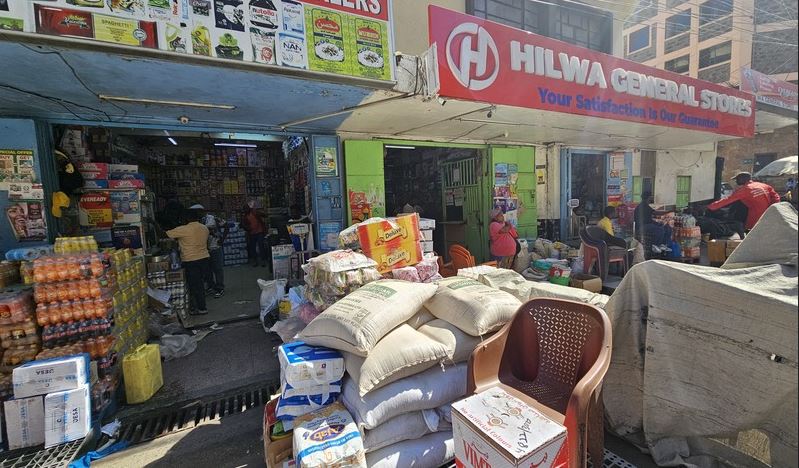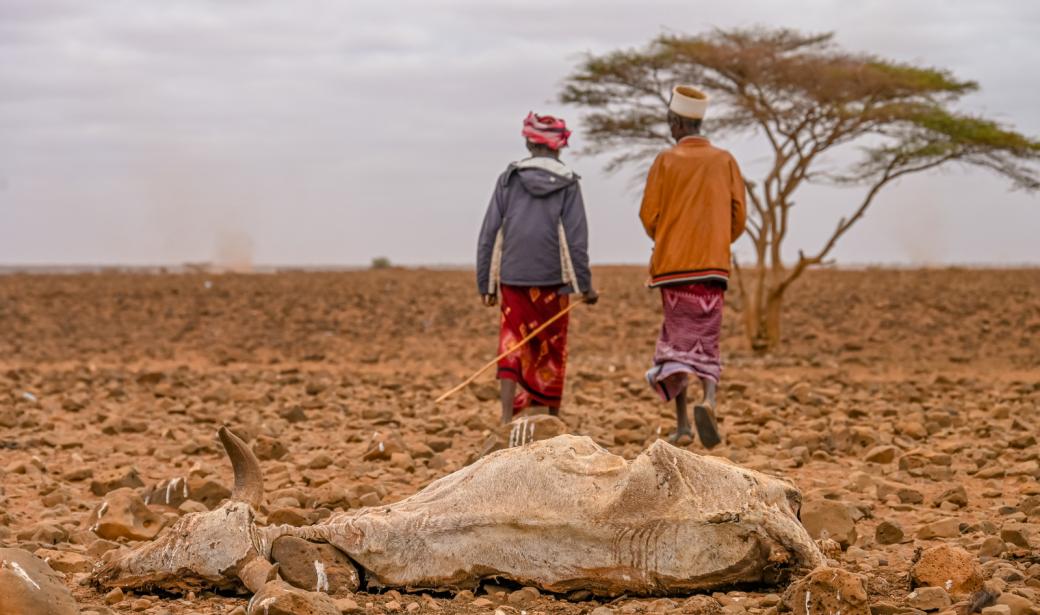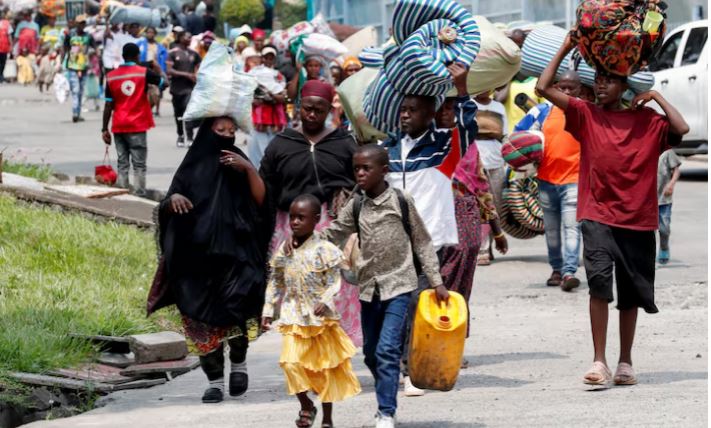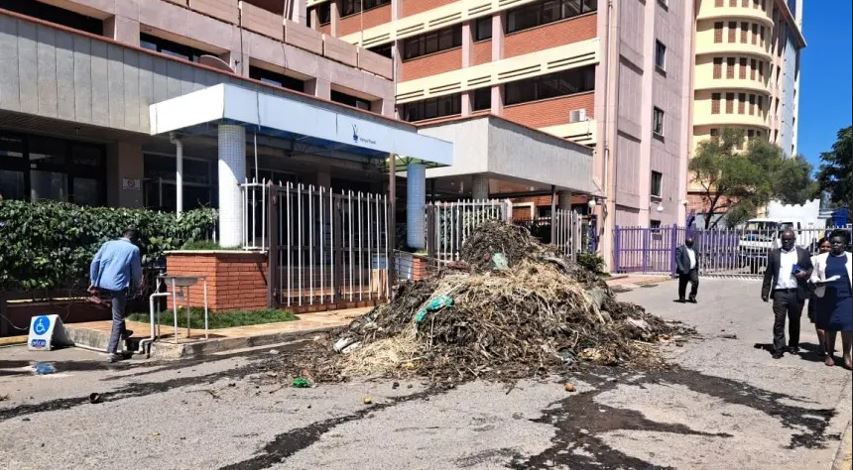No respite for consumers as commodity prices continue to rise in February

Consumers in the country as well as other import-dependent countries face a grim outlook as the latest food security report shows further price hikes in basic food commodities.
The monthly analysis by the World Bank shows since the last update in January, the agricultural price index, the cost of agricultural products, such as crops and livestock, has risen by three per cent, while the export price index has surged by six per cent.
More To Read
The export price index measures the prices at which goods are sold for export, including agricultural products and other commodities.
A six per cent rise means goods sold to other countries have become six per cent more expensive since the last update, sometime in early January.
These, arguably, point to sustained inflationary pressures on food costs, placing additional pressure on household budgets.
Nevertheless, the report reveals that the cereal price index, which measures the price of cereals: wheat, rice, and maize, remained at the same elevated level as the previous update, three per cent higher, from December's 2024 update.
"Maize and wheat prices closed 3.0 and 5.0 per cent higher, respectively. Rice prices, on the other hand, closed 10 per cent lower," the report reads.
"On a year-on-year basis, maize prices are 10 per cent higher while wheat and rice prices are six and 19 per cent lower."
Compared to January 2020, maize prices are 27 per cent higher, wheat prices two percent lower, and rice prices 14 per cent higher, the report adds.
The combination of higher agricultural and export prices generally suggests a tightening of global supply chains and potential shortages that could further exacerbate the situation.
Ideally, when agricultural, cereal and export price indices increase, it often signals a rise in the cost of essential food commodities like grains, cereals and other agricultural products.
The price hikes then lead to higher production costs for food manufacturers, who will then pass on the burden to consumers.
As a result, basic food items such as bread, rice, and other staple goods become more expensive, directly affecting household budgets with countries that rely heavily on food imports, such as Kenya, getting prone to even sharper price increases.
Inflation and food security
Experts in the country have since argued that the continued upward trend in food prices is set to challenge both consumers and policymakers, as they face the dual task of managing inflation while ensuring food security.
The figures and prospects mirror the monthly general inflation update by the Kenya National Bureau of Statistics (KNBS), which says the country's general cost of living has risen consecutively in the past three months to January 2025.
The figures from the statistics body show the country's inflation stands at 3.3 per cent as of January, after rising from 2.7, 2.8, and 3.0 per cent in October, November, and December 2024, respectively.
Although the level is below the statutory midpoint target of 5.0 per cent, the World Bank says the current domestic food price inflation in most developing nations remains high.
"Food security continues to be at alarming levels in most low-income countries, particularly in Africa with an estimated 61.6 million food insecure people in East Africa and that nearly 50 million people projected to face food insecurity in Western and Central Africa," World Bank says.
Conflicts and climate change
This as conflicts and climate change continue to be the main driver of food insecurity.
The lender emphasises that the current situation highlights the urgent need for global food and nutrition security.
Its latest Global Economic Prospects report released in January 2025, warns of persistent economic stagnation, with global growth projected to hold at 2.7 per cent through 2026.
"Although this signals some stability, it falls short of driving meaningful poverty reduction or tackling rising food and nutrition insecurity in low-income countries," the report says.
"The report underscores how persistent challenges: high inflation, mounting debt, and trade disruptions, are exacerbating food insecurity for the world's most vulnerable."
Top Stories Today

















